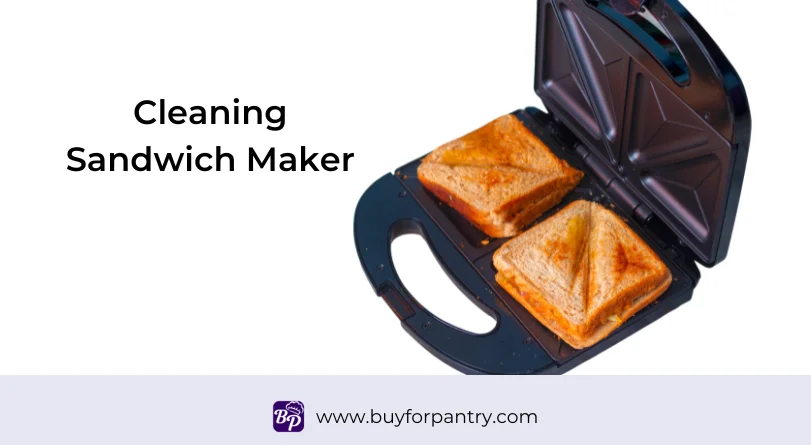Don’t you think that the electric kettle is not so dirty because it is only used for boiling water? If you actually look inside the electric kettle, you may be surprised how dirty it is.
This time, I will introduce how to clean an electric kettle to remove the dirt inside and how to clean the outside dirt using everyday items! Wash thoroughly and use clean water!
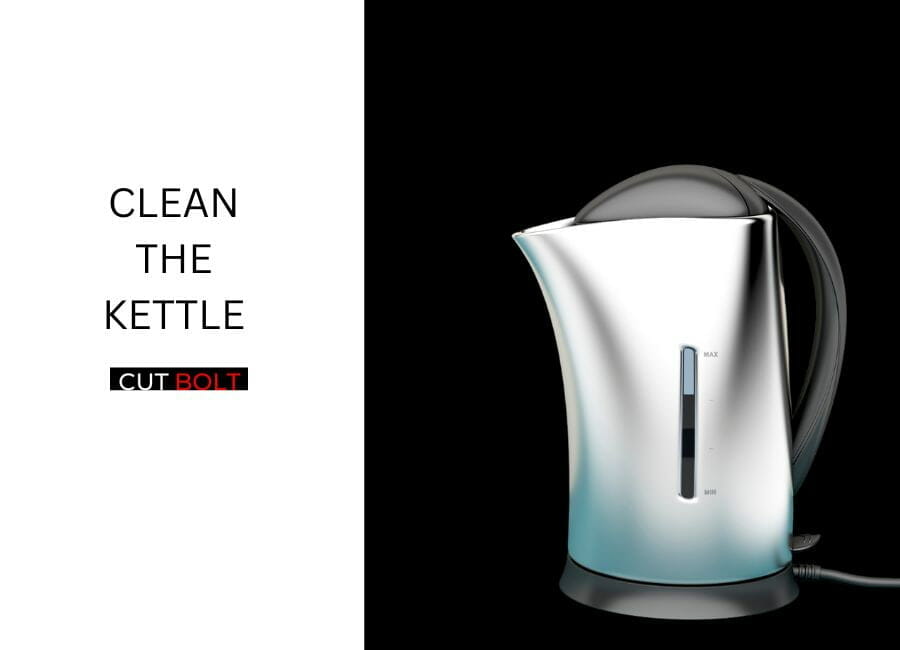
Related article: how to choose an electric kettle
How to clean the inside of an electric kettle
If you look inside the electric kettle you are using, do you see white spots on the bottom? This is limescale stains formed by the solidification of the mineral components contained in the water due to the evaporation of the water in the electric kettle. This limescale is the most troublesome thing to clean an electric kettle.
Limescale stains do not adversely affect your health, but they can change the taste and smell of boiled water, making it unappetizing. Also, if you leave the electric kettle dirty without cleaning it, the dirt will accumulate and the thermal conductivity will deteriorate, and it may take longer to boil.
This dirt will accumulate little by little just by adding water, so be sure to periodically look inside the electric kettle and check for limescale stains and wash it.
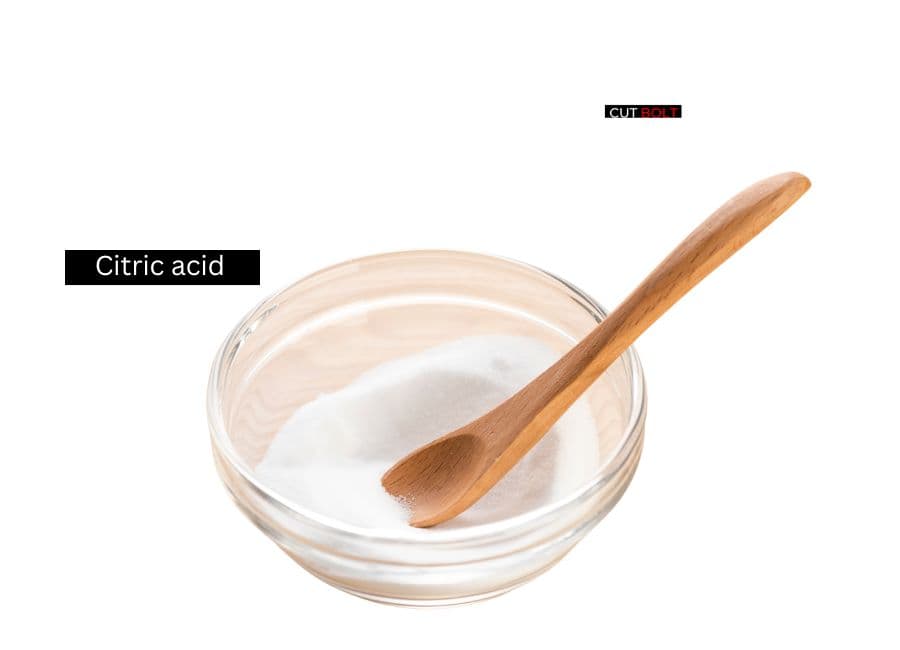
How to clean an electric kettle with citric acid?
Limescale stains cannot be removed by rubbing with a sponge. Since limescale stains have alkaline properties, they can be neutralized and removed by using acidic citric acid.
How to remove limescale with citric acid
Remove limescale from an electric kettle in 6 easy steps:
Remember
This will clean it up, but if the dirt remains, repeat steps 1 to 5 again. If you don’t have citric acid on hand, you can substitute vinegar for cooking.
How to clean an electric kettle with vinegar?
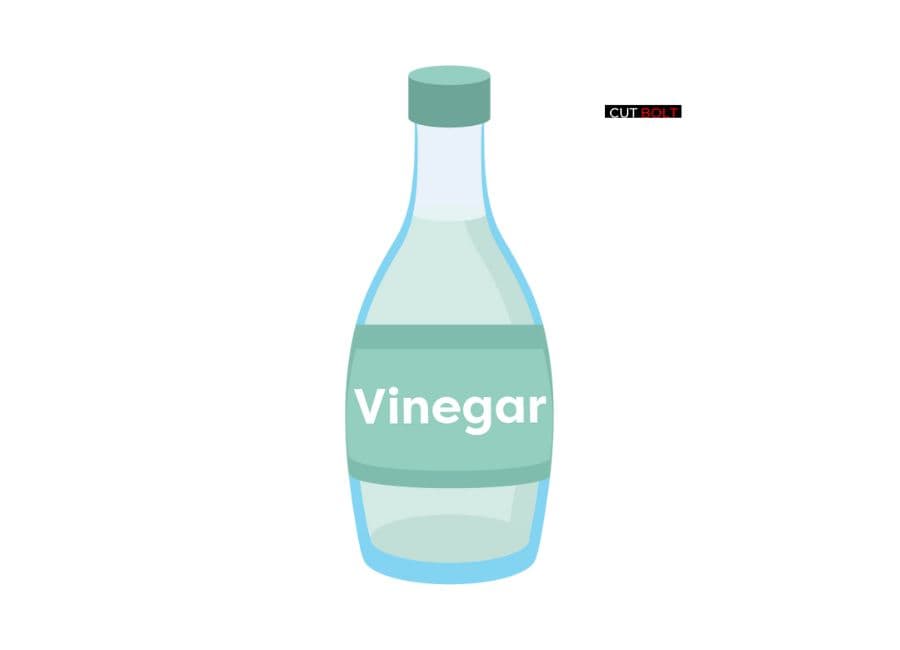
Vinegar is also acidic, so you can get the same effect as citric acid. Cleaning with vinegar also helps in disinfecting the kettle!
How to remove limescale with vinegar
Remember
Vinegar leaves a strong smell, so please increase the number of rinses.
How to clean an electric kettle with citric acid and baking soda!
There is something like rust on the bottom of the electric kettle. It is rust caused by minerals and bleaching powder contained in water. Dirt caused by water is alkaline, just like limescale, so it can be removed with acidic citric acid. However, rust is more stubborn than limescale and cannot be removed with citric acid alone, so use citric acid and baking soda to remove rust.
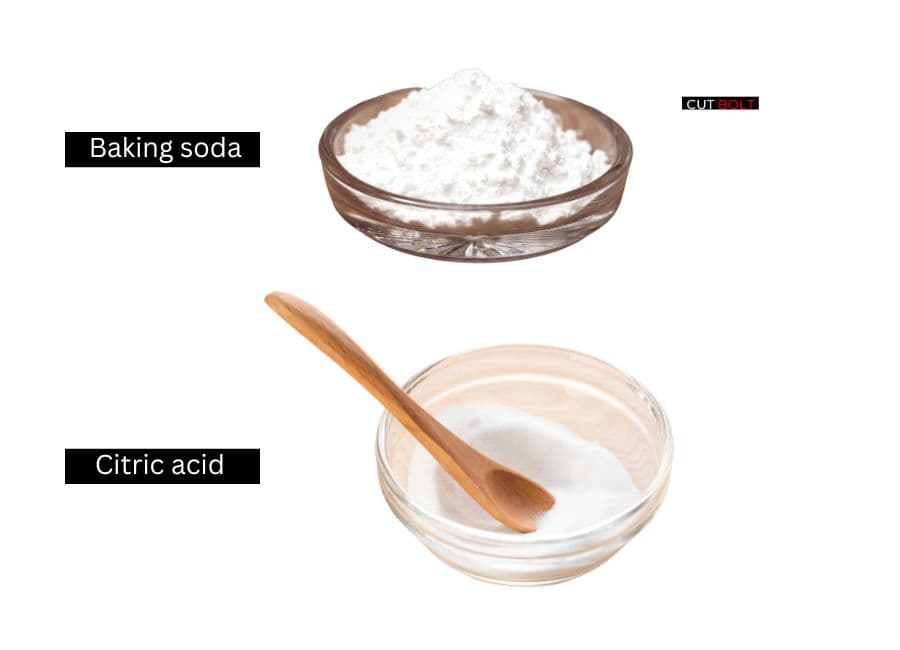
How to remove rust with citric acid and baking soda
Please Note
Alkaline and acidity work together to neutralize, so clean with different properties according to the nature of the dirt.
How to clean the outside of an electric kettle
We have completed cleaning the inside of the kettle, now it is time to clean the inside of the electric kettle.
Electric kettles cannot be washed. If water gets on the bottom of the electric kettle, it will cause the electric kettle to malfunction.
Since electric kettles are often placed in the kitchen, they are covered with sticky dirt such as oil, dust that fly during cooking, and finger marks. Since oil stains are acidic, they cannot be removed with citric acid, which is also acidic.
Use alkaline baking soda to remove oil stains.
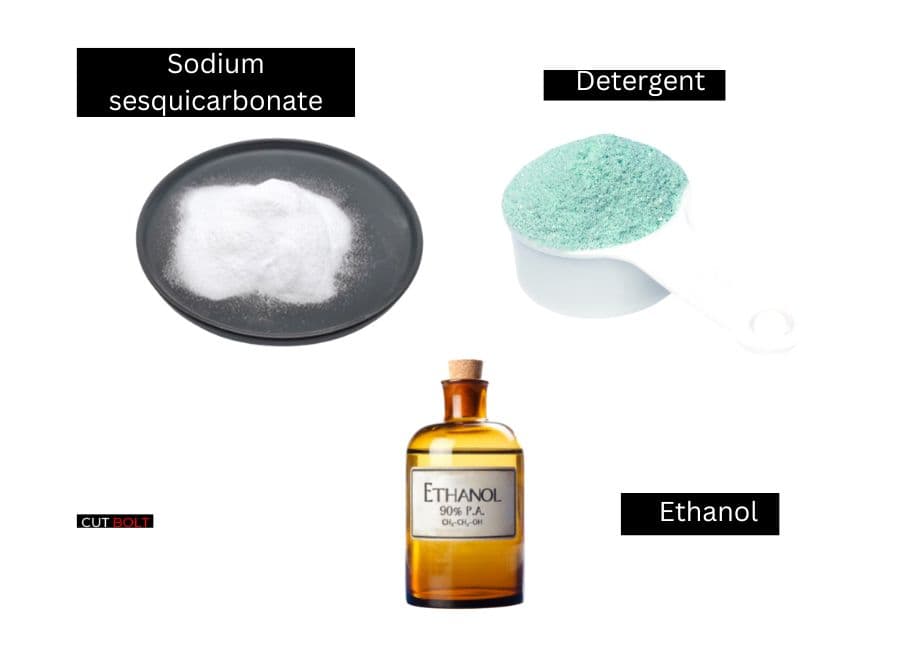
How to clean the outside of an electric kettle with baking soda?
This will clean the outside of the electric kettle. Baking soda is also used in cookies and sweets, so there is no problem if it gets in your mouth. It can be used as a natural cleaning product.
How to clean the outside of an electric kettle with sodium sesquicarbonate
Sodium sesquicarbonate is alkaline like baking soda, so it can remove acidic oil stains.
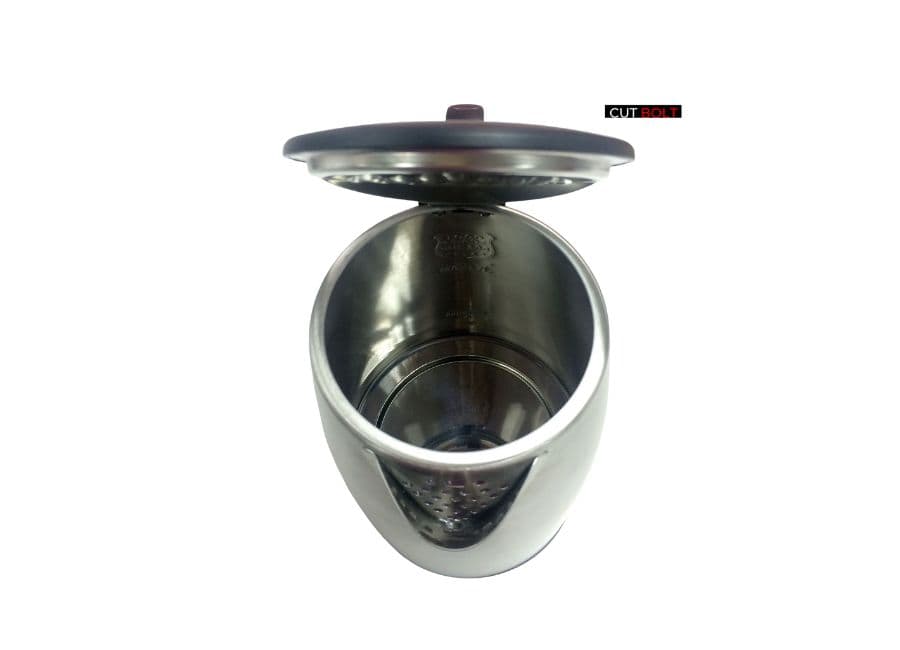
Clean the lid of the electric kettle with dish detergent
If the lid of the electric kettle can be removed, you can wash the lid with water. Wash with a soft sponge. If it does not come off with just water, wash it with a neutral detergent for the kitchen. If the dirt is removed, rinse until the neutral detergent is removed.
Clean the spout of an electric kettle with ethanol
Clean the spout of the electric kettle with a cotton swab moistened with ethanol. Ethanol is recommended because it also has a bactericidal effect.
Clean the electric plate of the electric kettle with a damp cloth
Wipe the electric plate of the electric kettle with a damp cloth or wet tissue. Be careful not to get water on it.
What not to do when cleaning an electric kettle
When cleaning, be sure to unplug the power cord to avoid electric shock.
When cleaning the inside of the electric kettle, do not use the hard surface of a metal or nylon scrubbing brush, or a chemical cloth, as it will scratch and peel off the coating, making it easier to rust.
Please note that the electric kettle cannot be washed. Be careful not to get the bottom part or the electric plate wet, as this may damage the electric kettle.
Electric kettle cleaning frequency
Clean your electric kettle about once a month. If you use an electric kettle with dirt such as limescale or rust stuck to it, the heat conductivity will decrease, and it will take a long time for the water to boil. You can boil water efficiently by removing the dirt on the inside, which also saves on your electricity bill.
Final word – How to clean an electric kettle
How did you clean the electric kettle? With citric acid and baking soda, you can easily clean the inside and outside of your electric kettle.
Both citric acid and baking soda are natural materials, so please use them with confidence. You can also clean it with vinegar or lemon, so let’s use familiar things and clean it frequently.
Find out the best electric kettles in India.

